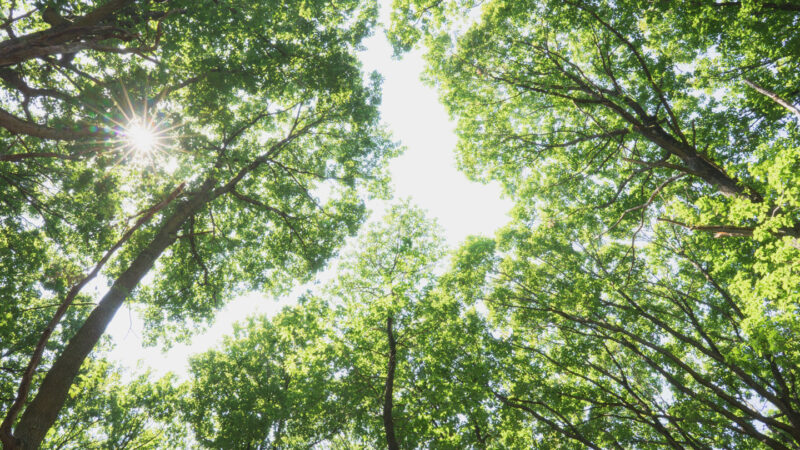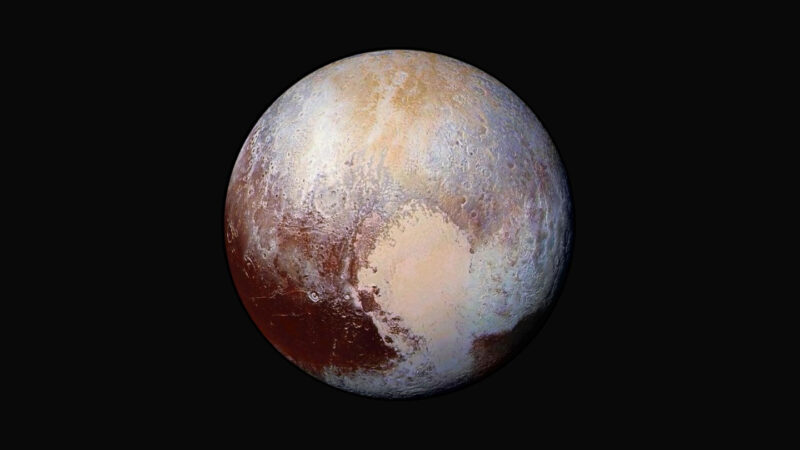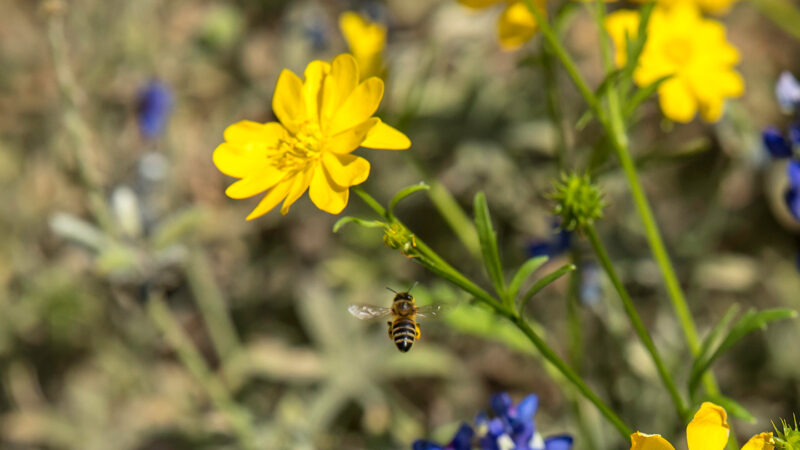Without photosynthesis, none of us would exist.
Photosynthesis is the process of turning energy from sunlight into sugars that a life form can use to live and grow. The process takes up carbon dioxide from the air and releases oxygen.
Plants do it. So do protists like algae. As do microbes called cyanobacteria. Humans and other animals don’t. But all animals need oxygen produced by photosynthesis to breathe. And they all eat photosynthetic life forms — or eat other animals that eat those organisms.
See all the entries from our Let’s Learn About series
Scientists are still learning new things about how photosynthesis works. For instance, one team recently found that a single particle of light can kick off this process. They figured this out using photosynthetic bacteria.
Other researchers are trying to tweak the chemistry of photosynthesis to better serve humans. Some are working on ways to make photosynthesis more efficient. This could help crop plants grow larger and feed more people. Others are working on a version of photosynthesis that runs on electricity rather than sunlight. This could allow astronauts to grow food in the dark of deep space.
Want to know more? We’ve got some stories to get you started:
Bacterial fossils exhibit earliest hints of photosynthesis Microscopic fossils from Australia suggest that some bacteria evolved structures for oxygen-producing photosynthesis by 1.78 billion years ago. (3/1/2024) Readability: 7.9
A single particle of light can kick off photosynthesis In a new experiment with bacteria, a lone photon sparked the process of turning light to chemical energy. (7/19/2023) Readability: 7.6
Some tree leaves are finding it too hot for photosynthesis Earth’s ongoing fever threatens to push entire forests toward this heat limit — and possible death. (11/28/2023) Readability:
The plants we eat make their own food — by photosynthesis.
Explore more
Explainer: How photosynthesis works
Explainer: All about carbon dioxide
Explainer: Cells and their parts
Pikmin’s plant-animal mashups don’t exist — but sun-powered animals do
Crops are being engineered to thrive in our changing climate
High-tech solar ‘leaves’ create green fuels from the sun
Scientists look to hack photosynthesis for a ‘greener’ planet
No sun? No prob! A new process might soon grow plants in the dark
‘Vampire’ parasite challenges the definition of a plant
Some redwood leaves make food while others drink water
Activities
Did you know there’s an easy way to measure the rate of photosynthesis in plants? The method is called a floating leaf disk assay. In an experiment from Science Buddies, use this technique to explore which factors impact how fast photosynthesis happens, including light intensity, type of plant and temperature.





